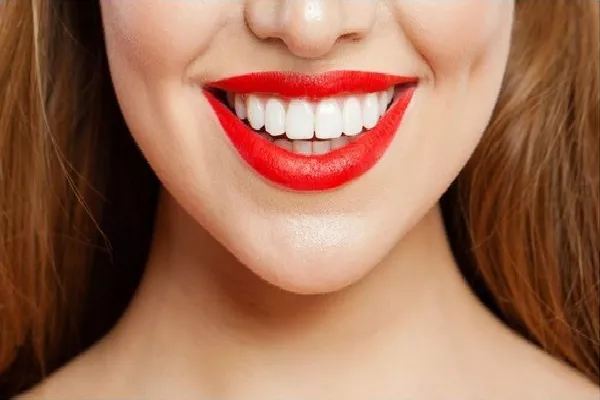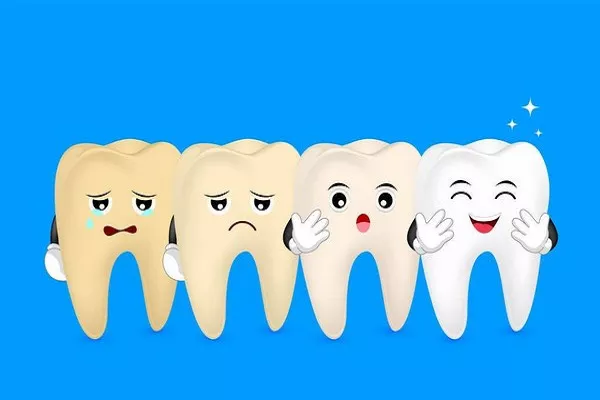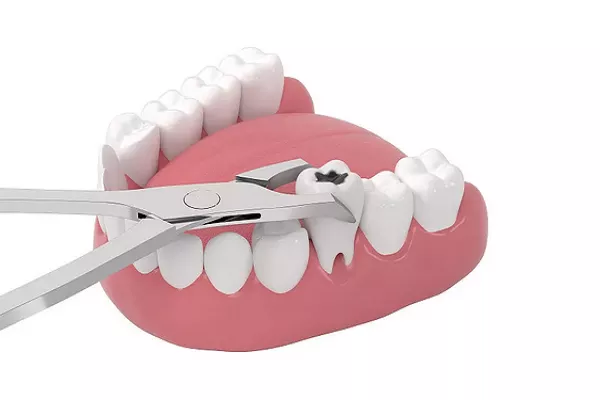Whitening strips are a popular way to achieve a brighter, more confident smile. However, using them too frequently or improperly can lead to tooth sensitivity and other problems. In this article, we’ll explore how often you should use whitening strips to get the best results without harming your teeth.
How Often Should You Use Whitening Strips?
- Follow the manufacturer’s instructions
Different brands of whitening strips have different recommended usage guidelines. Be sure to carefully read the instructions before use and follow them closely.
- Limit usage to once every other day
While it may be tempting to use whitening strips daily, doing so can damage tooth enamel and lead to sensitivity. It is generally recommended to use them no more than once every other day.
- Don’t use them indefinitely
Over time, whitening strips can weaken tooth enamel and damage the gums. To avoid this, it is recommended to use them for no longer than two weeks at a time.
- Take a break between treatments
After completing a two-week course of whitening strips, give your teeth a break before starting another course. Dentists recommend waiting at least four weeks before resuming treatment.
- Consider your dental health
If you have sensitive teeth or a history of gum disease, talk to your dentist before using whitening strips. They may recommend an alternative method or advise you to use them less frequently.
Tips for Using Whitening Strips:
- Avoid using them on damaged teeth
If you have chipped, cracked or broken teeth, whitening strips may not be effective or safe. Consult with your dentist for advice on restoring damaged teeth before using whitening strips.
- Brush and floss before use
It is important to clean your teeth before using whitening strips to ensure that they adhere properly and evenly to your teeth.
- Don’t leave them on for too long
Overuse of whitening strips can lead to tooth sensitivity, so be sure to remove them after the recommended amount of time. Leaving them on for too long can also cause uneven whitening or damage to tooth enamel.
- Be patient
Whitening strips may not provide immediate results, and it may take several treatments to achieve the desired level of whitening. Avoid overusing them to try to speed up the process.
- Consider professional whitening options
If you have stubborn stains or discoloration, a professional teeth whitening treatment may be more effective and safer than at-home whitening strips. Consult with your dentist to explore your options.
Whitening strips can be a convenient and affordable way to achieve a brighter smile, but it is important to use them correctly and in moderation. Following the recommended usage guidelines, as well as additional tips for safe and effective use, can help you achieve the best possible results. If you have any concerns or questions about teeth whitening, be sure to consult with your dentist.
































